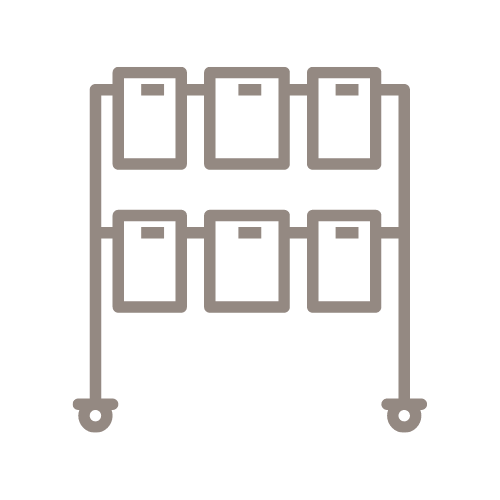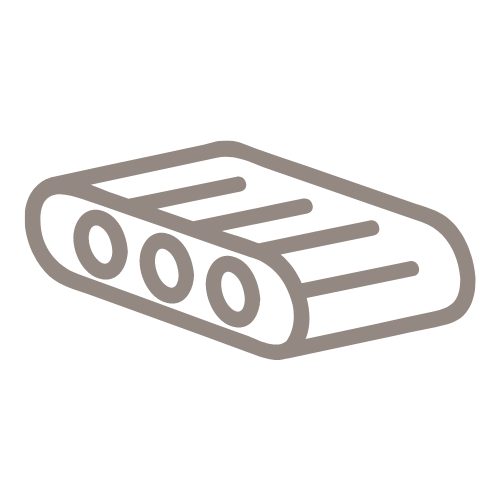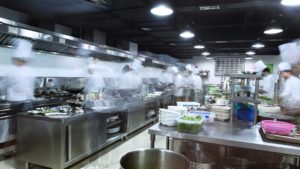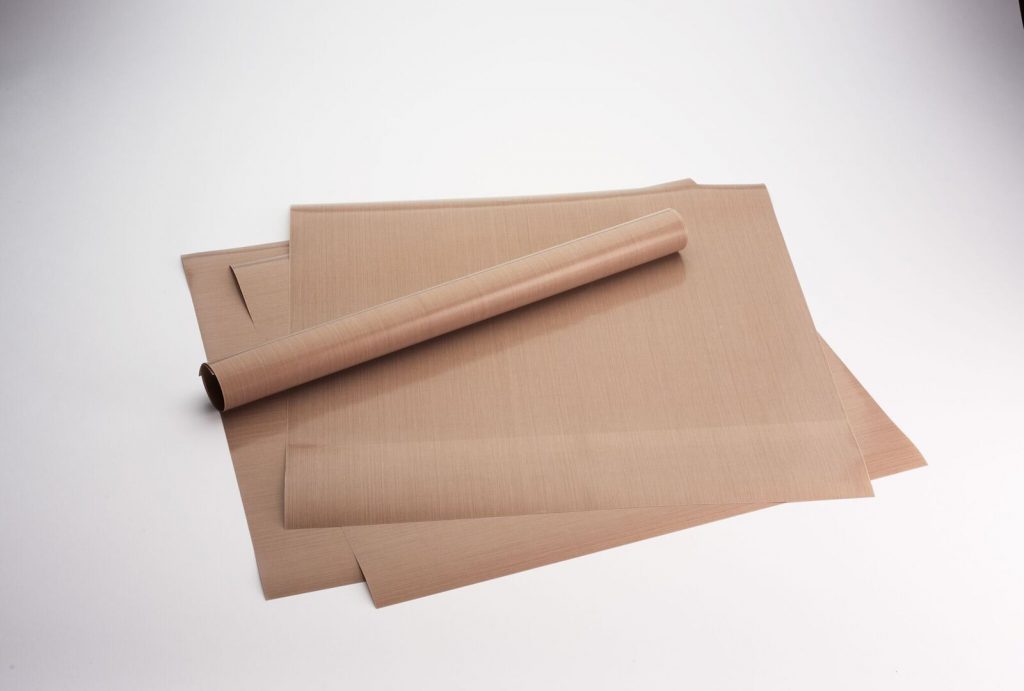Custom Fabrics
Select a fabric thickness and color to begin design.

HEAT PRESS ACCESSORIES

INDUSTRIAL SMOKING/DRYING

BELTING
ideaS BLOG

Will restaurant chains become the next ghost kitchens?
Will restaurant chains become the next ghost kitchens? They go by many names: Ghost kitchens, shadow kitchen, cloud kitchen, virtual kitchen, commissary kitchen. But that’s
April 12, 2022
No Comments

Reducing Food Waste in Commercial Kitchens with PTFE
Commercial kitchens are bustling hubs of culinary creativity, constantly striving to meet the demands of a hungry customer base. However, a significant challenge faced by
February 15, 2024
No Comments

Grill Sheets: The Grill Master’s Perfect Gift
Grill Sheets: The Grill Master’s Perfect Gift Introducing the star of the 2021 barbecue season: Smoker and BBQ Grill Sheets by Essentialware. These mighty sheets
March 12, 2021
No Comments
